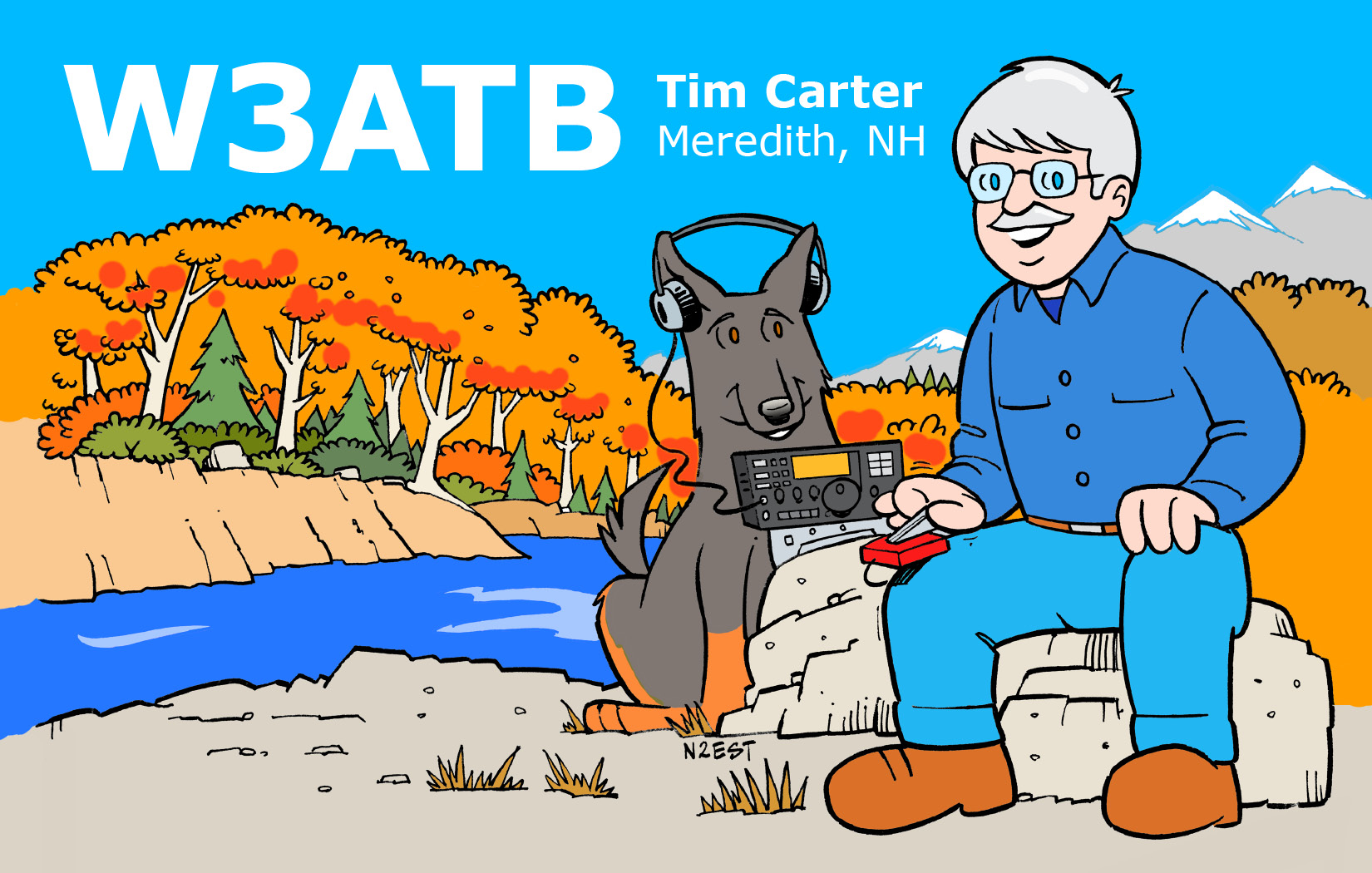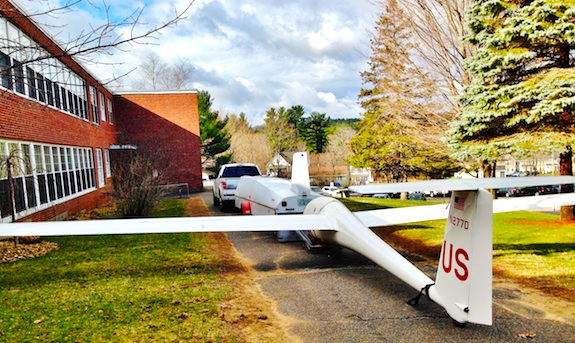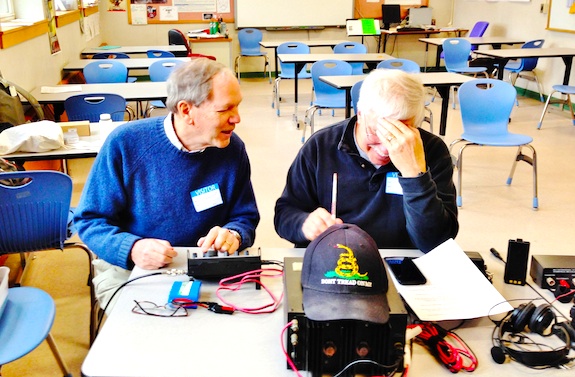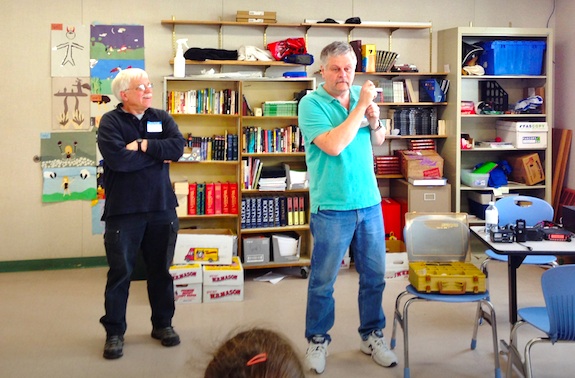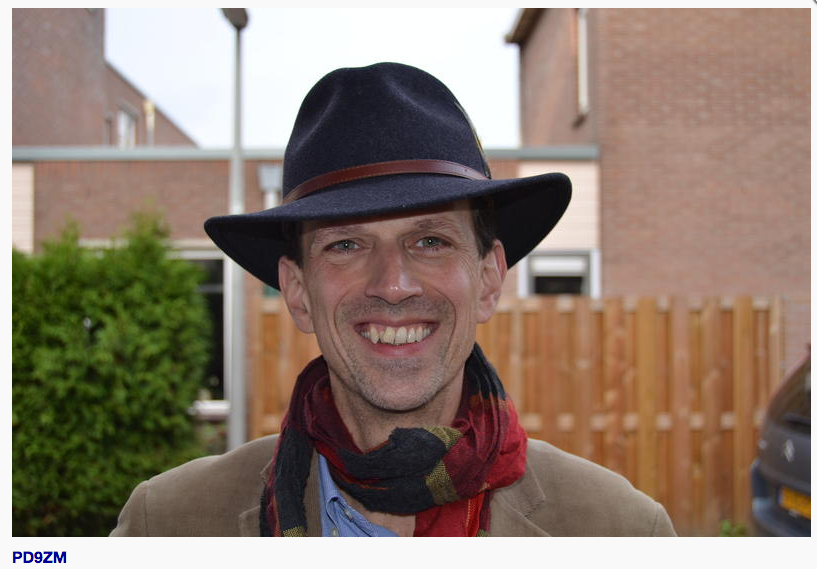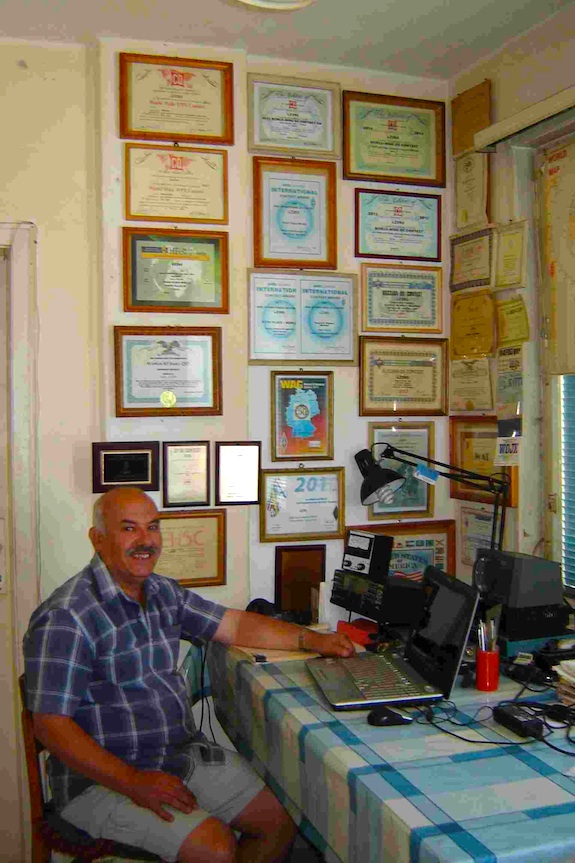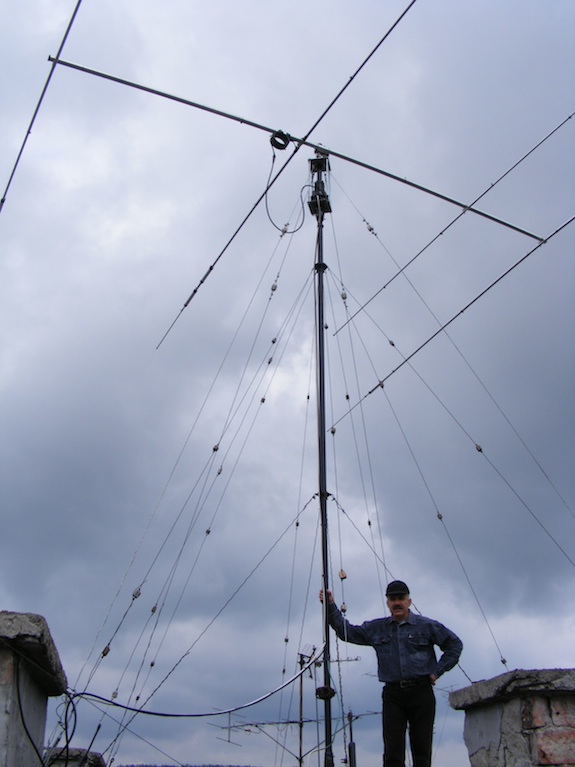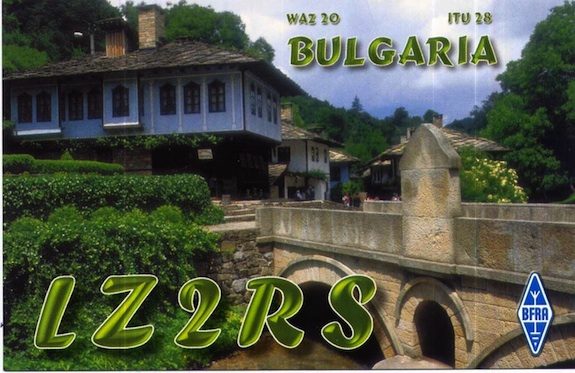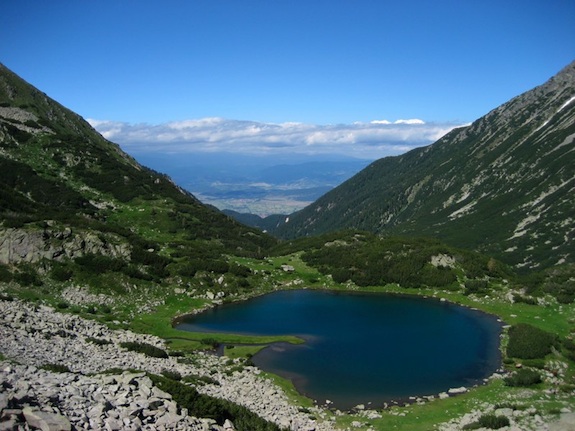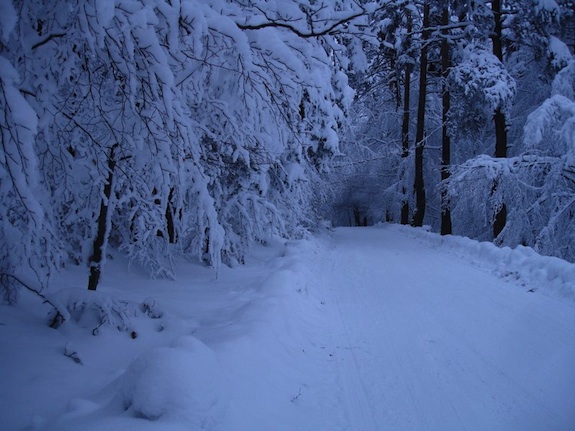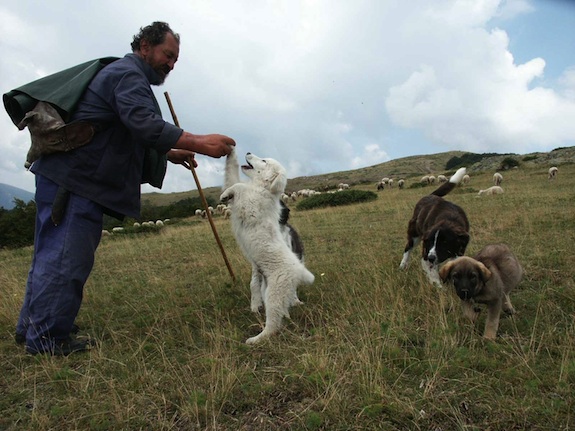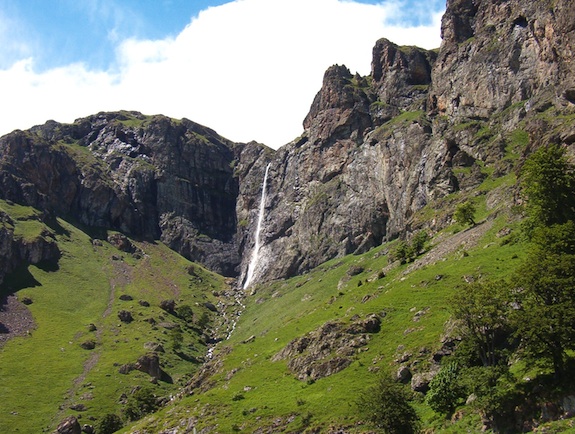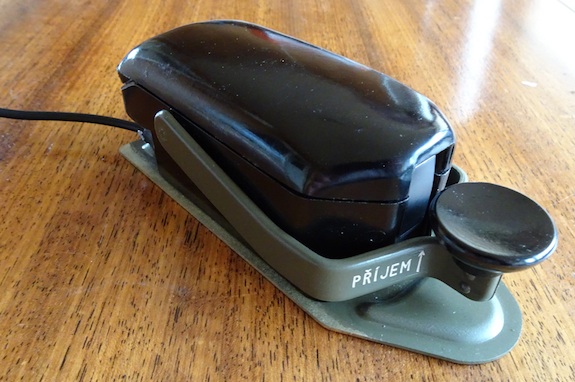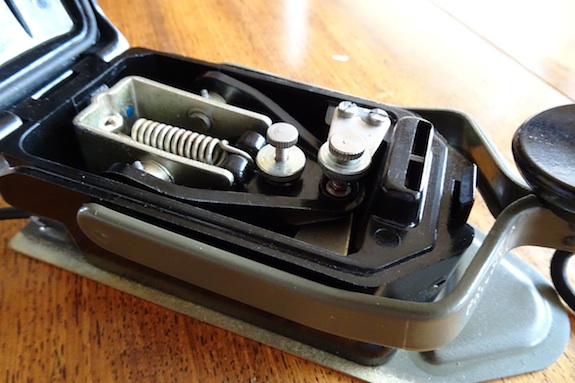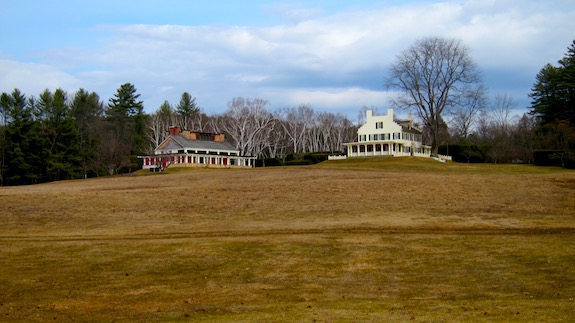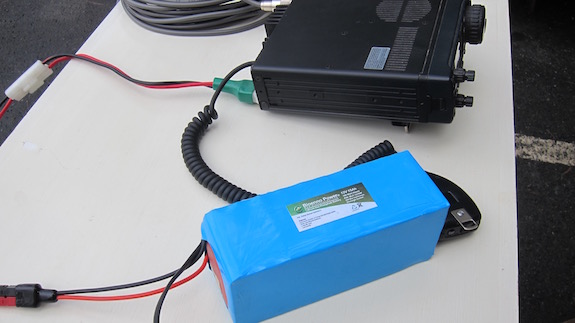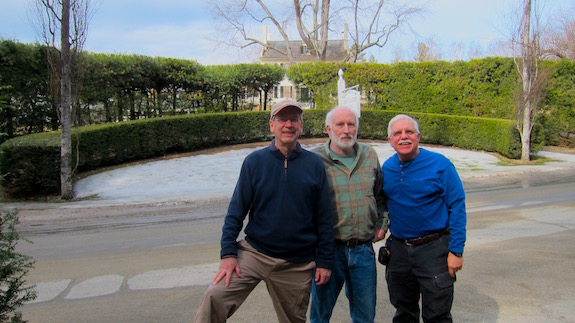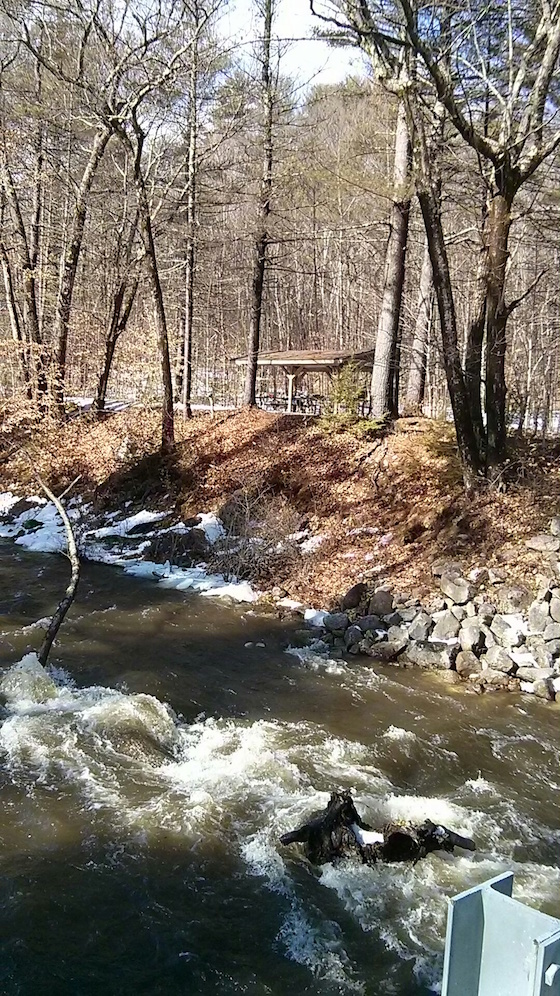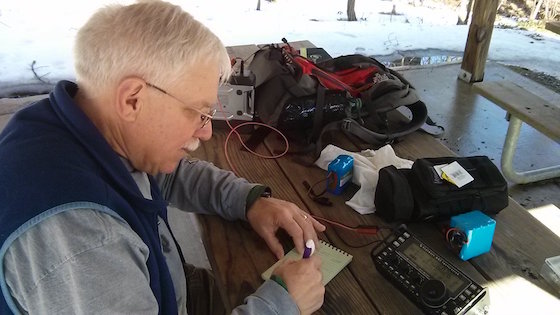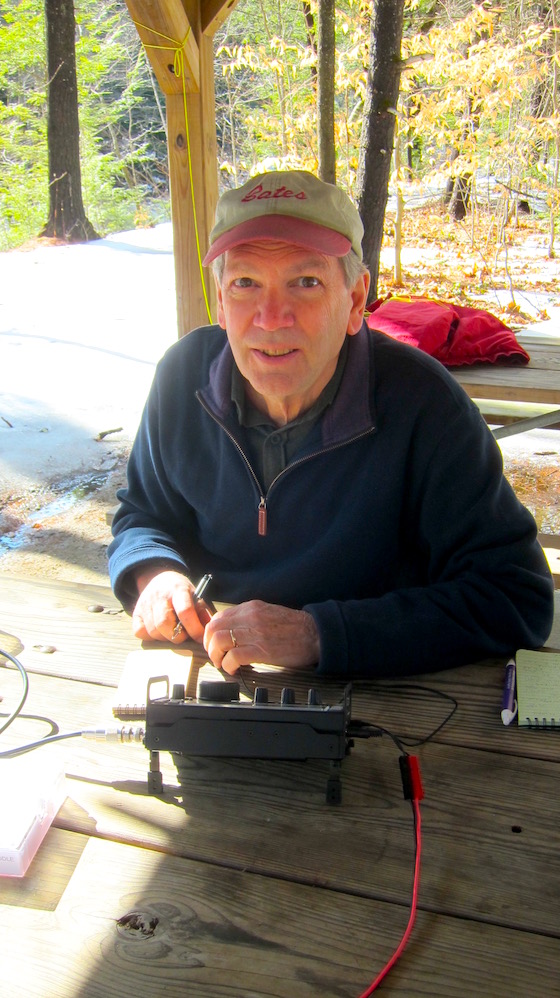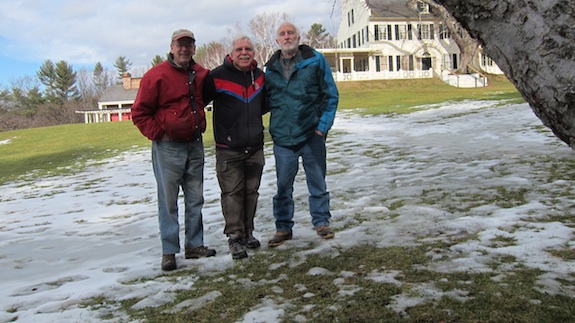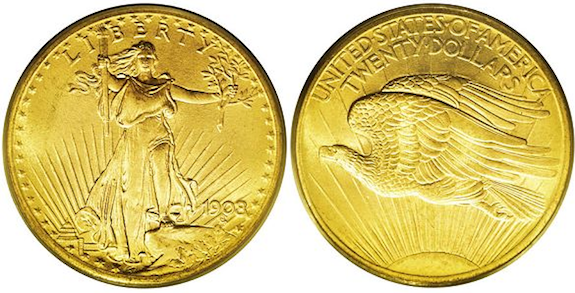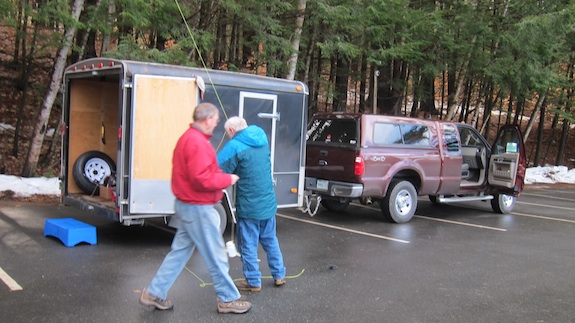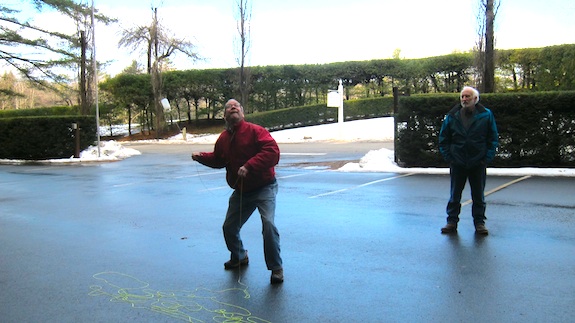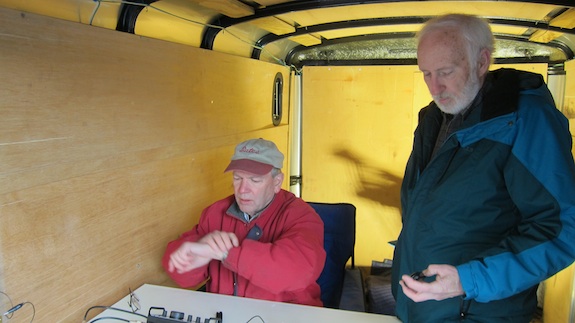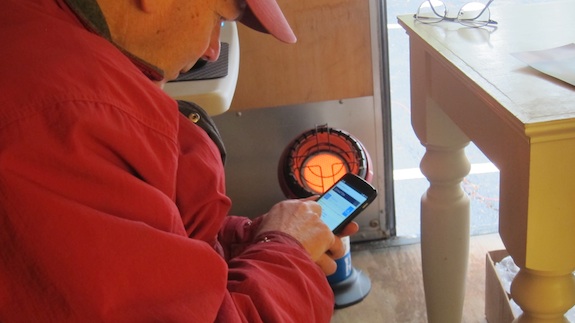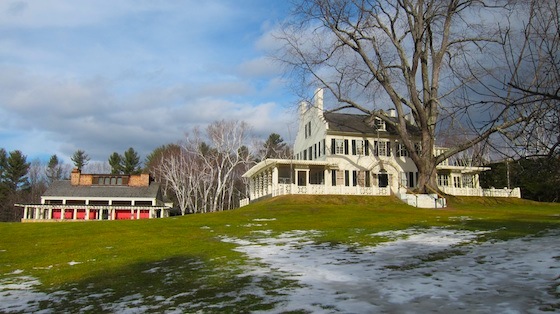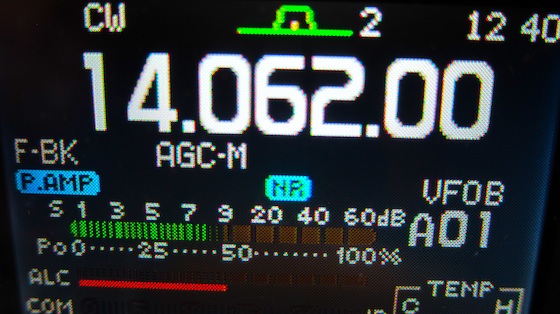In my last post I mentioned how I made a new goal to do at least one QSO a day. So far I’ve had no trouble meeting the goal. Surprisingly I’m getting lots of great DX contacts.
It really helps to keep the radio on while I’m working and when I hear a strong station calling CQ, I answer her / him as long as I feel I can keep up with their code speed.
Two days ago I had the pleasure of hearing LZ2RS, Rumi who lives in Bulgaria.
I can’t remember now if I was calling CQ or he was. It doesn’t matter. What matters is I once again was in awe of the magic intertwined with this hobby.
My very good friend Jim Cluett, W1PID, likens it to ” …sitting in a room by yourself and talking with people you can’t see”. He’s not far off.
But sometimes you get to see these new acquaintances and the beauty they surround themselves with. Today was one of those days
Lately I try to send an email after a QSO when I experience fading, interference or deteriorating conditions. Once my QSO with Rumi was underway, all of a sudden the band dropped out from under us. Fortunately I had clearly heard my RST, Rumi’s name and a few other parts of the QSO. It was an official one I could log.
I logged Rumi and proceeded to email him. About thirty minutes later I received a special gift. What you’ll see below is one of the powerful draws of this hobby. I say this because I’m a very social person and love talking to people and hearing / seeing what creates their daily reality.
Rumi over delivered.
Are you as proud of your country as Rumi is his? Would you invest the time to write all what’s below to a complete stranger you’ve never met before? Would you send photographs to help tell your story?
This is just part of what makes this hobby so fascinating to me.
Here’s what he sent and once I read it, I immediately asked for his permission to reprint it here along with his stunning photographs. I thought you’d enjoy it too:
Dear Tim in NH,
It was nice to meet You on 20 m CW – Your QRP signal was good here / even some QSB / – at the Balkans, Eastern Europe!
Today I was 5 watts -Elecraft K3 and a A4S by Cushcraft – 4 el 3 band at 32m.
Later I wkd W2WC – Dick from NY- I was 1 watt only and got RST 559 QSB.
I can send QSL via the Bureau also.
I am most the time on QRP, on CW. I use my home brew one-paddle key 1976 – then I found an old German relay “Siemens” 1938 and on that base I made my one paddle – still I use the same key and like QRQ to 38 – 40 wpm.
Have already confirmed all of the US states on CW – two way power below ONE watt. I am also US County hunter on CW QRP – 1273 to now.
QRP contest man – I have got very good places last year in WPX,WWDX, IARU HF, Russian DX, German DX and other contests – also in QRP category.
I am 15 times Winner in RSGB 21/28 Mhz contest in QRP section, recently I have received award from New Zealand – Worked All Pacific – WAP on CW QRP.
I use Russian, English and a little Japanese.
===============================
Tim,
You probably have not heard much about Bulgaria as country. We were on 3 Seas at about 1200 year, one of the bigest EU countries. But We were under Byzantium yoke about 200 years and later under Turkish yoke about 500 years.
March 3rd here was holiday. We celebrated 138 years from our Liberation. The main battle was near here – that place is high about 1300 m a.s.l. in the Balkan Mnts, abt 25 km South of my QTH.
The monument there is made at the beginning of the last Century in memorial of the victims in the most important battle during the war for Bulgarian liberation from Turkish yoke 1878.
The yoke was about 500 years /1396 – 1878/. On that place were killed many Russians, but also Ukraineans, Romanians, Polish, Finlands and Bulgarians, but also many Turkish soldiers
The ratio was 5 to 1 soldiers for the enemy.
Other big holiday here is coming the month of May 24. We celebrate national St.Cyril / Kiril / and Methodius day – founders of Cyrillic alphabet. The Bulgarian language belongs to the South Slavic branch of the Slavic languages and uses the Cyrillic alphabet.
The history of the language covers three periods: old / 9th century – 11th century /, middle / 12th century – 14th century /, and modern / 15th century through present day /.
The modern literary language was formed during the Bulgarian National Revival / 18th – 19 centuries /. The Cyrillic alphabet was developed by St. St. Cyril and Methodius and they have created the alphabet on which the modern languages of Russia, Bulgaria, Serbia, Montenegro and of the former Soviet republics are based.
Before the 7th century Bulgaria and other parts of the area around the Mediterranean and Black sea, were parts of the Roman Empire. While the Romans were losing power / 3rd to 4th Century /, tribes from Asia started an invasion of Europe. One of these tribes, called the Bulgars, reached this area and gradually mixed with the local population.
The Bulgar king united all the different tribes into the first Bulgarian empire in 681.
Cyril and Methodius were two brothers , who lived during the 9th century / over a thousand years ago when Bulgaria was being shaped as a country.
The people spoke in Bulgarian,but didn’t have an alphabet and couldn’t write. The brothers were Christian monks of the Orthodox Church who taught their students a new alphabet that they could use to read and write in Bulgarian.
In 863 they created the alphabet by mixing Latin and Greek letters, which became the basis of the Bulgarian language. The ” Cyrillic alphabet “,as it is now called, became very popular in the 9th through 11th centuries when it helped spread Christianity to other parts of Eastern Europe.
“Old Church Slavonic”, another name for the early alphabet, is an important part of the literature of the Orthodox Church. The Bulgarians are very proud of the two brothers, who have created the base of the modern Bulgarian language.
One of the biggest Bulgarian holidays celebrates the honor of Cyril and Methodius. May 24th is also known as “Day of Bulgarian Culture” and is a time for concerts and celebrations. The students, school kids, go on the street and sing. Also they give flowers to their teachers in the school. We all enjoy our great holiday!
So,dear Tim, I hope it is interesting for You. You can hear some facts of Bulgarian history.
73/72 ! You take care and many DX on QRP!
Rumi LZ2RS age of 61- ham operator for 48 years. I go some time to fish, fitness and tourism in the Mounts here.
I hope you enjoy Rumi’s photographs as much as I did. Thanks Rumi for sharing your wonderful story and photos of your beautiful country!
